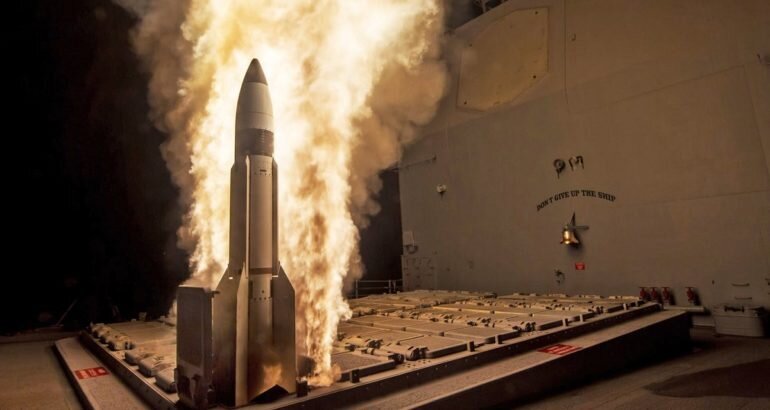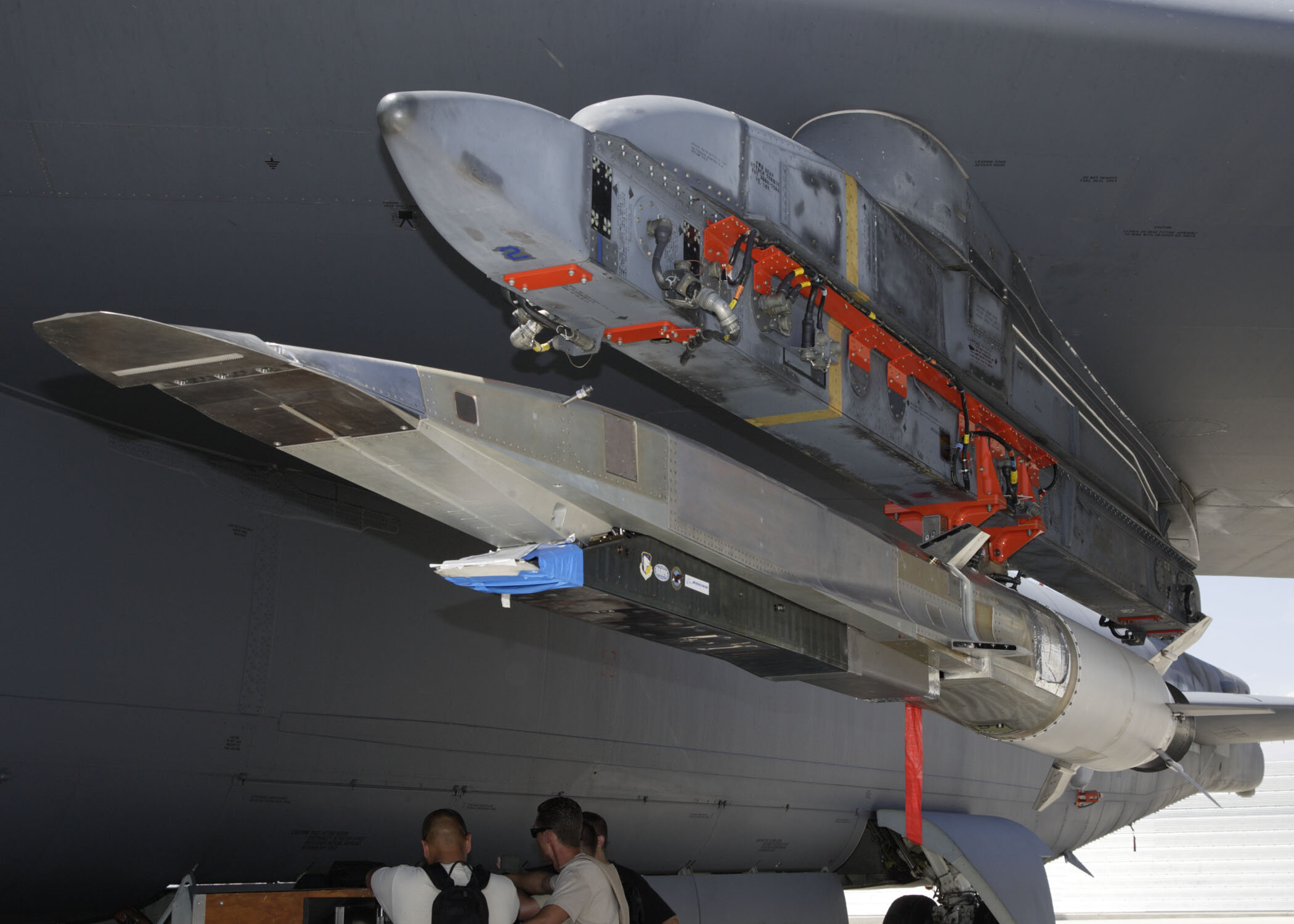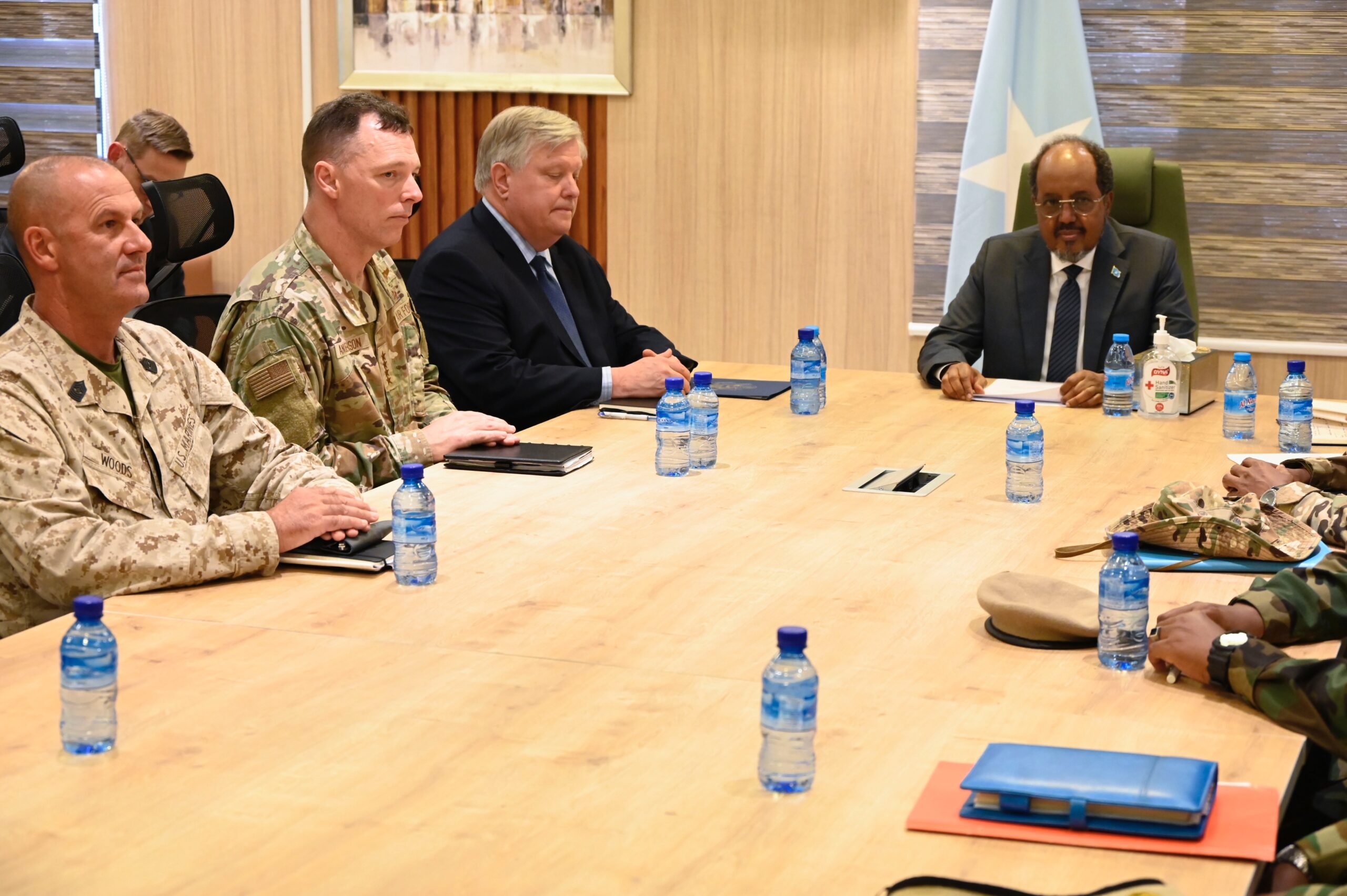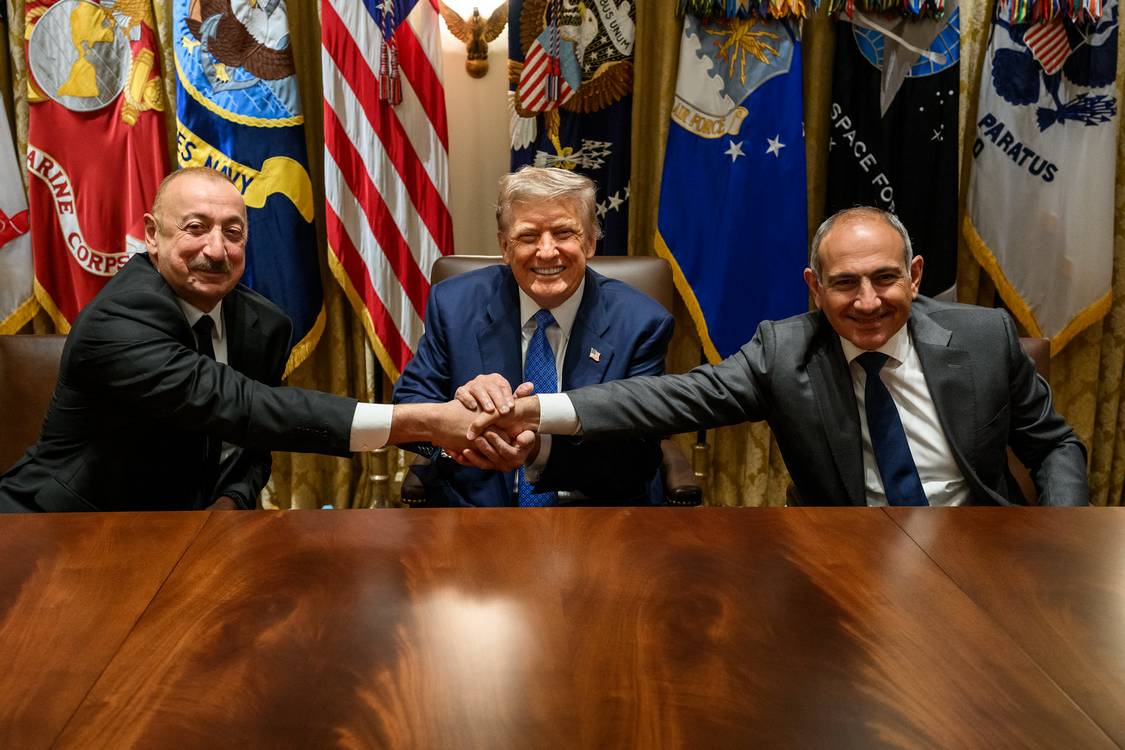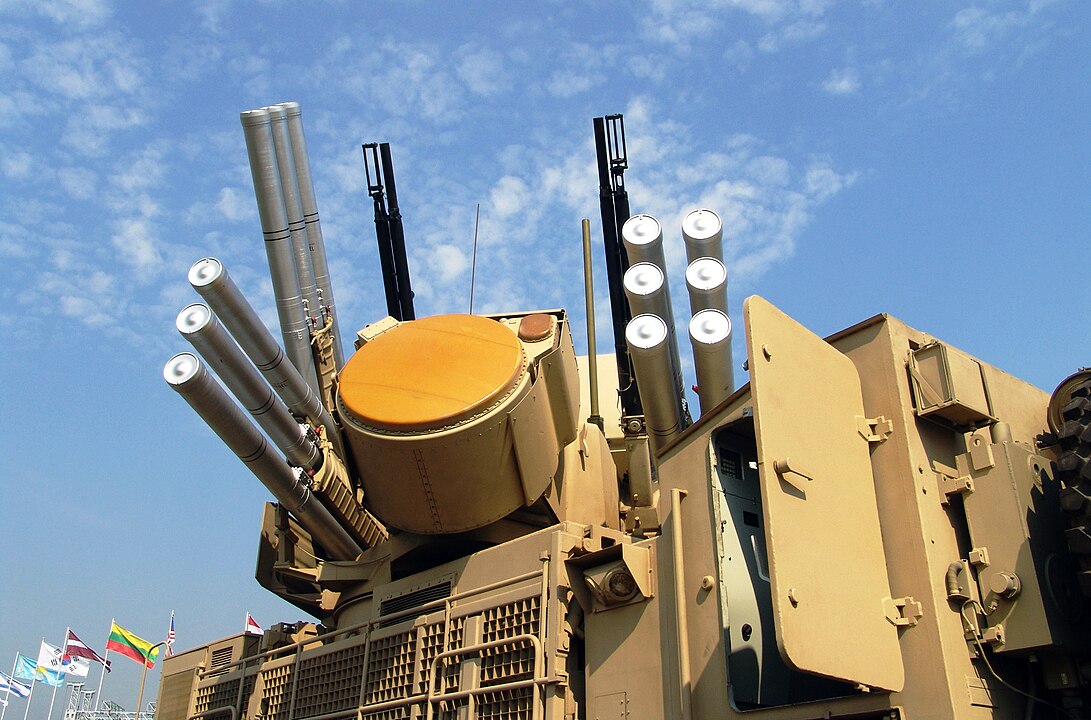MOSCOW, Russia. July 20th, 2021. Russian newspaper Kommersant reported on Tuesday that Kremlin and White House officials have scheduled arms control talks in Geneva for the 28th of July.
Putin and Biden agreed to discuss the nuclear build-up going on across the world during their first summit together last month, which by all accounts, public and private, was an amicable one. Despite Biden telling Putin face to face that he didn’t believe he had a soul, and saying to reporters earlier this year that he was a “killer,” spokesmen from the White House said the meeting went well.
Putin himself commented later that Biden “doesn’t’ miss anything, I can assure you,” referring to what he described as an inaccurate portrayal by “our press, and even the American press” that Biden is perhaps suffering dementia of a sort.
That relationship is vital to the current predicament which the owners of 80% of the world’s nuclear arsenal find themselves in. Despite immediately extending the New START Treaty which caps the numbers of operational missiles and delivery systems each country can have in the field, new Standard Missile-3 (SM-3s) interceptor missiles, which are not restricted in New START and operate within a once-illegal strike range, are being deployed into eastern NATO countries by land, and at least 5 SM-3-armed warships to the Black Sea by water, presenting modern challenges to the 70-year stalemate.
Indeed, in statements made by Vladimir Putin in a recent television appearance, the Russian president noted that the now-12 SM-3s stationed in Romania, with another 12 perhaps being installed in Poland, would need only 15 minutes for these supposedly-defensive missile batteries to place an armament in downtown Moscow.
If the reader notices this is like a reverse of the Cuban Missile Crisis, Putin did not hesitate to point that out, asking hypothetically what America would do if Russia placed their deterrent capabilities on the Canadian side of Lake Eire. Pentagon Spokesperson John Kirby wrapped the missile positioning in claims of Russian aggression, saying to reporters recently that “Russia’s new hypersonic missiles could potentially lead to destabilization and pose a significant risk because they can carry a nuclear charge”.
Russia’s Avantgarde “hypersonic glide” cruise missile demonstration in 2018 scared Congress into forking over at least two-hundred million for the parallel development of these weapons as part of their new $7 billion 2021 Pacific Defense Initiative (PDI) signed into law as part of Trump’s final defense budget.
All this building up and repositioning is happening in a time where the Anti-Ballistic Missile Treaty, the Treaty on Open Skies, and the Intermediate-Range Nuclear Forces Treaty, three of the four pillars of the nuclear parity, were all terminated by American presidents over the last 20 years.
PICTURED: A Raytheon Standard Missile 3 (SM-3) launches from a US Navy cruiser. PC: U.S. MDA
Global NATO
Chances are low that any meaningful reduction in the risk of conflict between the great powers will arise out of these talks. Despite a joint-issued statement, that should be praised, made by both presidents that a nuclear war “cannot be won and must never be fought,” recent NATO actions have put incredible strains on Moscow’s ability to go along with any deal that hinders their own national defense.
It should be noted that among the highest ranking Russian politicians, including former President Mikael Gorbachev who ended the Cold War and the Soviet Union, there is a concrete belief that NATO lied and or broke the promise they made to the fledgling Russian Federation that in order to acquire true peace and an amicable open Europe, NATO would not include any country east of Germany.
This has been played down in the decades since by western leaders, but investigative reporting by the German paper Der Spiegel “concluded that there was no doubt the West did everything it could to give the Soviets the impression that NATO membership was out of the question for countries like Poland, Hungary or Czechoslovakia.”
While the SM-3s stationed in Poland and Romania are part of the “missile curtain” and operate as a kinetic weapon, meaning they must physically strike something to destroy it and have no detonation whatsoever, veteran journalist covering NATO/Russian relationships, Rick Rozoff, told WaL that the only assurance the Kremlin or Russian people have that they aren’t or can’t be armed with nuclear warheads is because the U.S. says they aren’t or won’t be. But state media reports that Russian weapons inspectors have never been allowed to visit the sites.
“To the best of my knowledge there’s been no attempt to offer Russia an inspections regime,” says Rozoff. “It’s simply a matter of taking somebody on good faith”.
However Rozoff points out that the ability to deter or prevent a nuclear strike, at some point becomes an offensive weapon, because even if the SM-3s are never made to carry a nuclear armament, their purported ability to disable outgoing weapons from Russia could potentially allow enough cover for a NATO first strike, breaking the old stalemate of Mutually-Assured Destruction.
Furthermore, the capacity of these SM-3s to be mounted on naval warships, and the number of such warships produced could easily, and perhaps purposefully, create a dangerous sense of security in terms of missile defense around NATO and the U.S.
“The U.S. currently has 62 of the Arleigh Burke-class destroyers and 22 of the Ticonderoga-class frigates, so altogether 84 of these ships that can fire [SM-3s], and more ordered,” says Rozoff. “That’s just the U.S., that doesn’t include NATO or the East Asia allies, so you’re talking about as many as 100 warships”.
“I know that the U.S. destroyers can carry up to 55 Tomahawk cruise missiles, if it’s a comparable amount, then you’re talking about as astronomical amount of interceptor missiles that could fend off any retaliation after a perspective U.S./NATO first strike”.
The U.S. has at the very least 194 of the naval-going SM-3s since ordering 48 in the FY2022 Defense Authorization.
PICTURED: The X-51 Waverider prototype hypersonic glide missile, all three of which failed to perform as intended during their last tests.
Analysis – “like a ball of fire”
“Like a ball of fire” were the words used by Putin to described the Avantgarde hypersonic-glide cruise missiles, prefacing that they are “…absolutely invulnerable to any air or missile defense system”. Their ability to avoid any interception is based around the “gliding” maneuvers they can perform in mid-flight.
In analysis from WaL, based on the reporting of journalist Andrew Cockburn and defense analyst Pierre Sprey, one of the masterminds behind the extremely successful F-16 fighter jet, physics of mid-air maneuvering, heat shielding, and atmospheric re-entry currently place major limitations on the radar and payload these weapons can carry.
If their payload was a nuclear one, they would need sophisticated radar to allow for navigation during the maneuvers that make it un-targetable, as well as a robust heat shielding nose cone, and and a slim lightweight design to allow for sufficient range to strike the U.S.
Not one of these things are possible or can result in the abilities the weapon is supposed to have, according to Sprey and Cockburn, who reported every effort by DARPA to develop these weapons have failed.
“They seem to be more a conception than a reality, but they are taken seriously,” says Doug Bandow, senior research fellow and foreign policy expert at the Cato Institute. Pentagon press man John Kirby, as written above, stated it is the Pentagon’s belief that these missiles could carry a nuclear charge.
If that’s true and they do believe that, even though they’ve not demonstrated that capability before themselves, then it logically follows that the policy of NATO encirclement of Russia is based on the assumption that enough of these SM-3s could be deployed as to successful knock the Avantgarde missiles out of the sky before they reach the east coast. A true gamble.
“Dimitri Peskov, suggested that the hypersonic missiles are meant to be in retaliation of the U.S. missile shield in Eastern Europe,” said Rozoff. “If so, I have to assume this is a deterrent factor”.
“There’s a point where they [Russia] get very nervous if they believe their second strike capability is threatened, that became the issue with Reagan’s missile defense proposal, that the Soviets were nervous that it might actually be possible, in which case they would be vulnerable to an American attack,” says Bandow. “So they undoubtedly look at any military buildup around them in the worst possible standpoint”.
Any hope for arms control?
“We have to remember that Soviet Russia had a friendship treaty with Germany up until June 22nd when millions of troops poured over its borders. In the early 1800s Russia signed a treaty with Napoleon, that declared they would not attack each other, and sure enough the Grande Armée came into Moscow,” says Rozoff, suggesting that, previous agreements with NATO notwithstanding, Russia has had a long history of being on the betrayed end of treaties.
“If the objective is to strike somebody with impunity, then you can sign all the treaties you want—in fact the more such treaties you sign the more you’re probably going to lull them into a false sense of security,” he added.
There’s currently a massive nuclear modernization effort, started in 2009 by Barack Obama, and accelerated under Trump, that was guessed at costing $1 trillion, but could run as high as $3 trillion, which has been buoyed by Biden’s reduced emphasis on counterterrorism in order to pivot more strongly to great power competition, as it’s called.
“The ultimate response would be to build up strategic forces and basically walk away from any limits at all and decide that the only way to be certain of protecting themselves is going back to the old Soviet Union,” says Bandow, contemplating the end result if no successful arms controls are established. “I don’t think they really want that”.
“This is an issue where both the U.S. and Russia have reasonably coincident interests; neither side particularly wants a nuclear build-up. I don’t believe this is an issue where the U.S. is going to feel bound by munitions contracts, but I think this is the moment to nip it in the bud”.
Editors note: This article has been changed to correct the source’s name from Patrick to Andrew.
